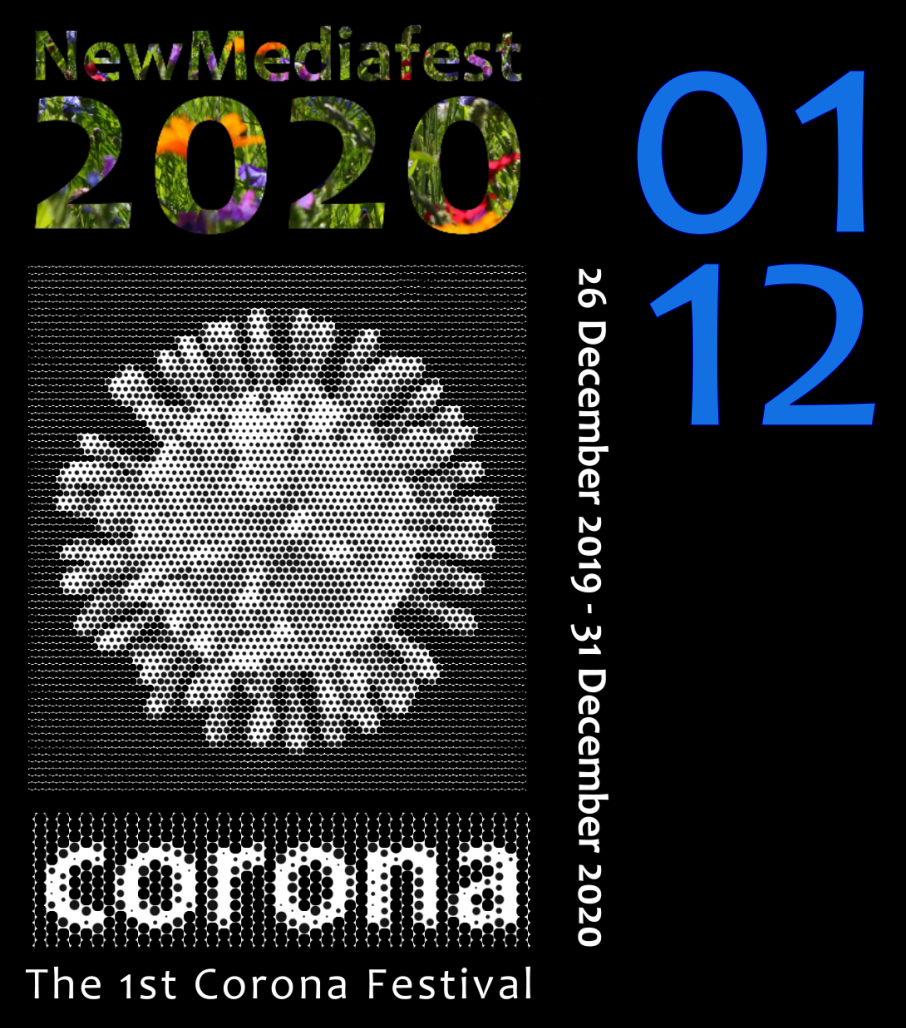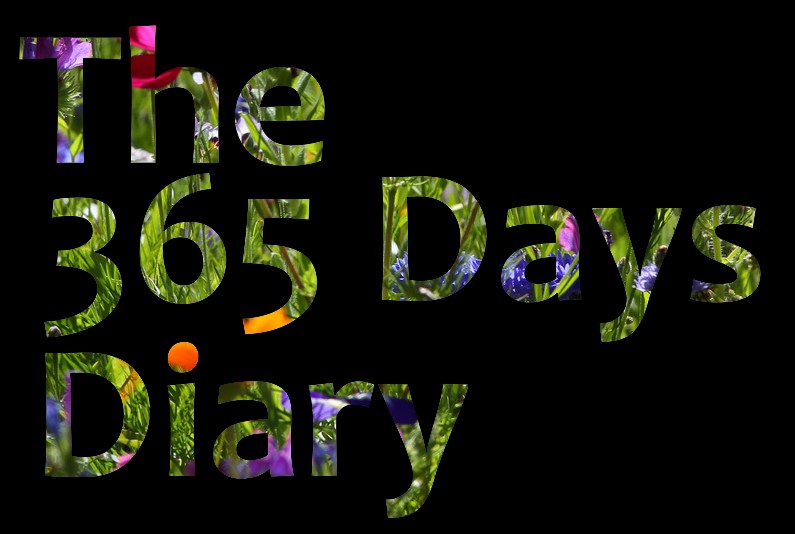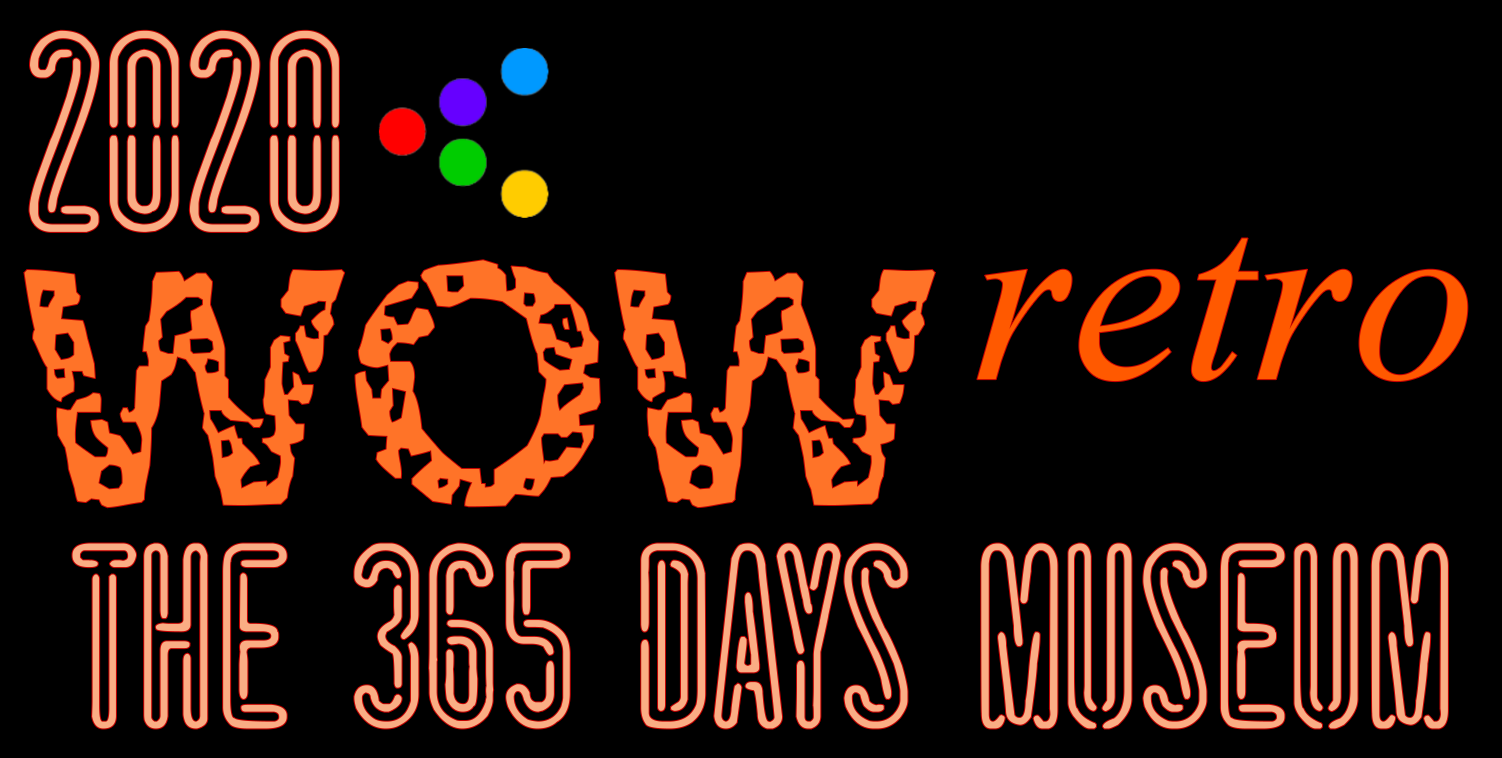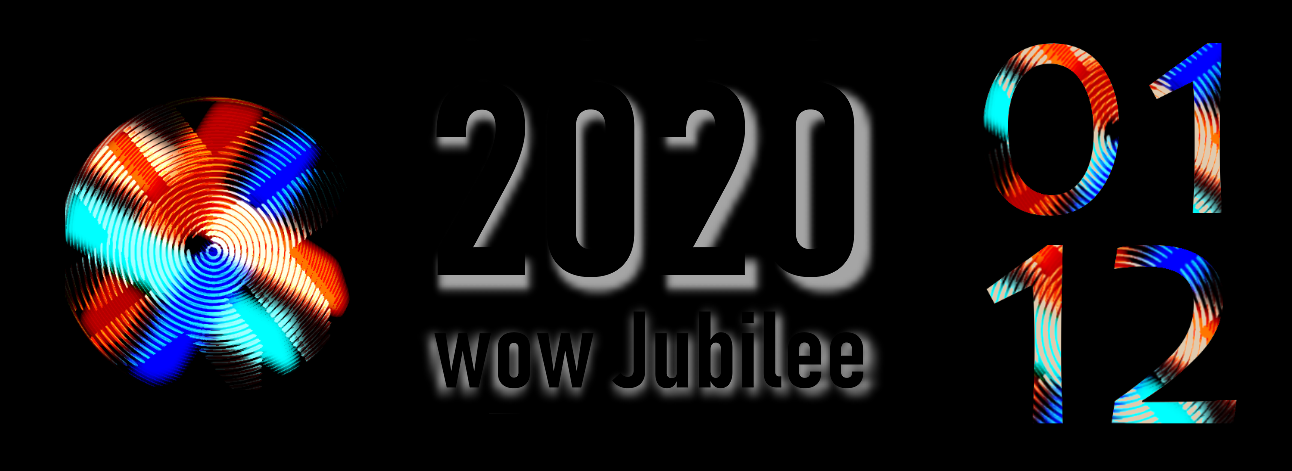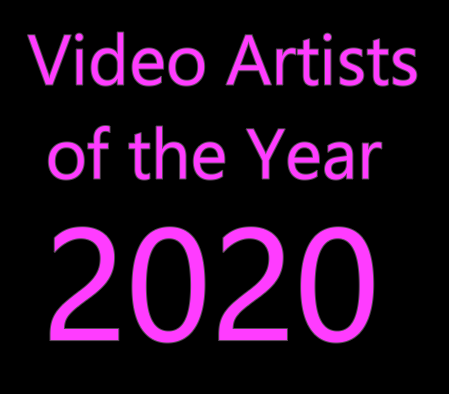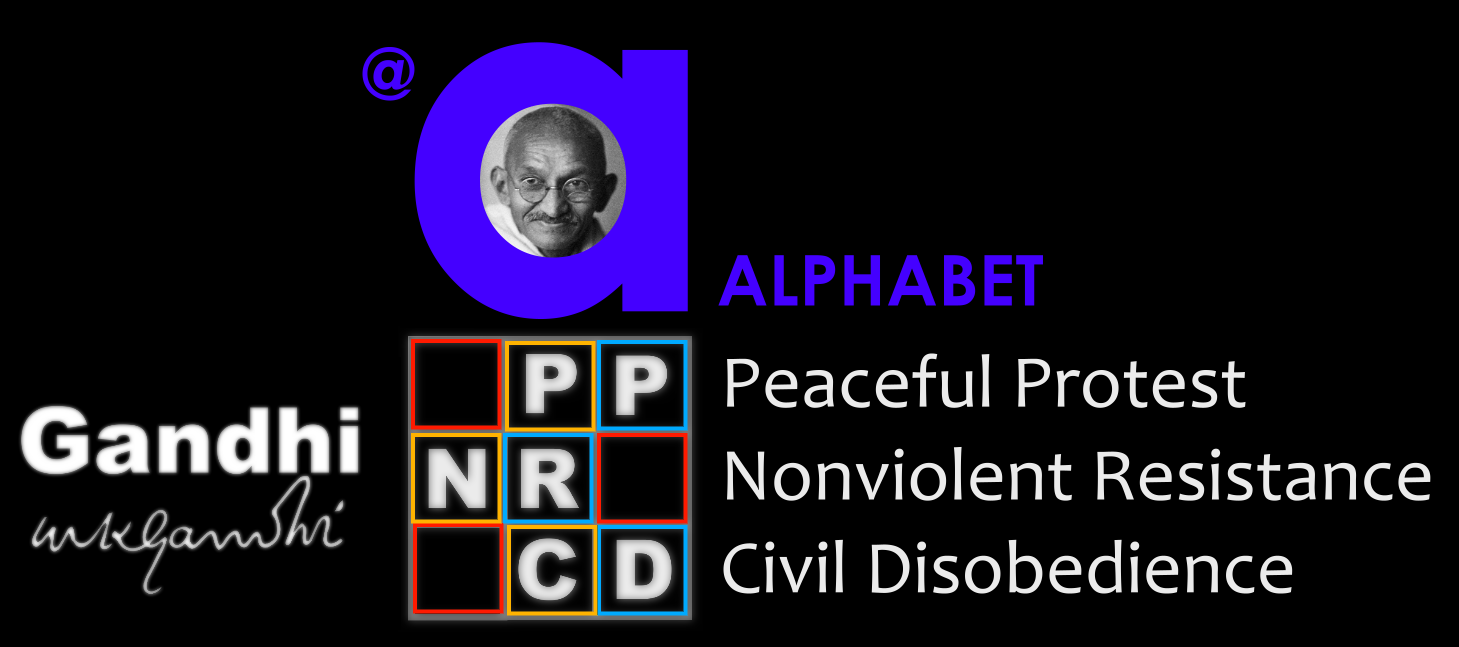net feature
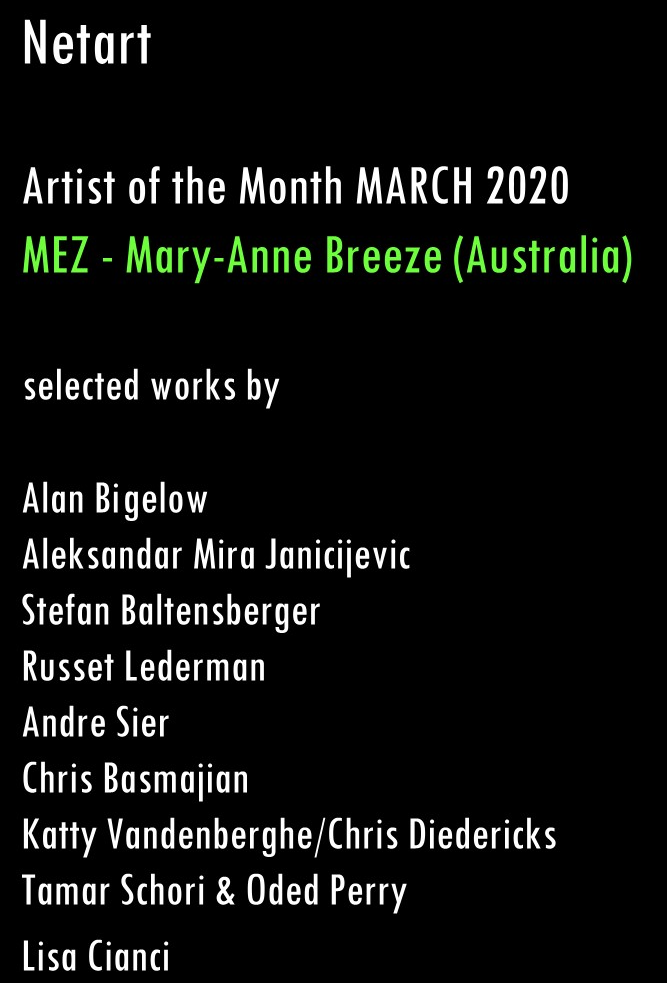
Wilfried is paying a particular attention in NewMediaFest2020 to the field of “netart” – Internet based, mainly interactive art, which has its rights to exist only through the net. This fact is generating certain consequences: on one hand it is a new type of public art, which has to be available to all Internet users, on the other hand, because only a clone of the work is posted online, it is like generally digital art, completely non-exclusive, standing in opposite to the conventional analog work, like a painting, which exclusively is existing just once.
Netart is a widely underestimated “art medium”, underestimated by the artists themselves concerning the consequences of and for their responsibility for their work, but also underestimated by curators and other art professionals because for estimating this field of art properly a lot of knowledge is required, because there are many technological possibilities to create “netart”, different programming languages generate a different visual output and esthetics, so there does not exist just one type of esthetics typical for “netart”, and it is underestimated by the audience or user, because Internet based art, especially if it is interactive, requires the activity of the user by reacting on the artist’s invitation to become active. The interactive work cannot be recognized at first glance, as such. So, for the user eager to be confronted with the “unexpected” – this is a kind of challenge and experiment. So, this kind of art is standing in opposite to the non-critical consuming, in opposite what daily life is offering through the mass-media, and therefore “netart” was from the beginning something for the “priviledged”, the hyper-intellectual and a “minority” among the minority of culturally interested people, although its actual intension had been exactly the contrary.
These general conditions made Internet based art remaining no more than a temporary phenomenon and why it is dead and still alive alike, because certain artists are practicing it now and then, this is good concerning an historical review, as well as for art practice these days, but in fact, one cannot speak of an art genre anymore, but rather a “media phenomenon”, which has a right to exist, as long as the Internet is available as a free, non-censored environment.
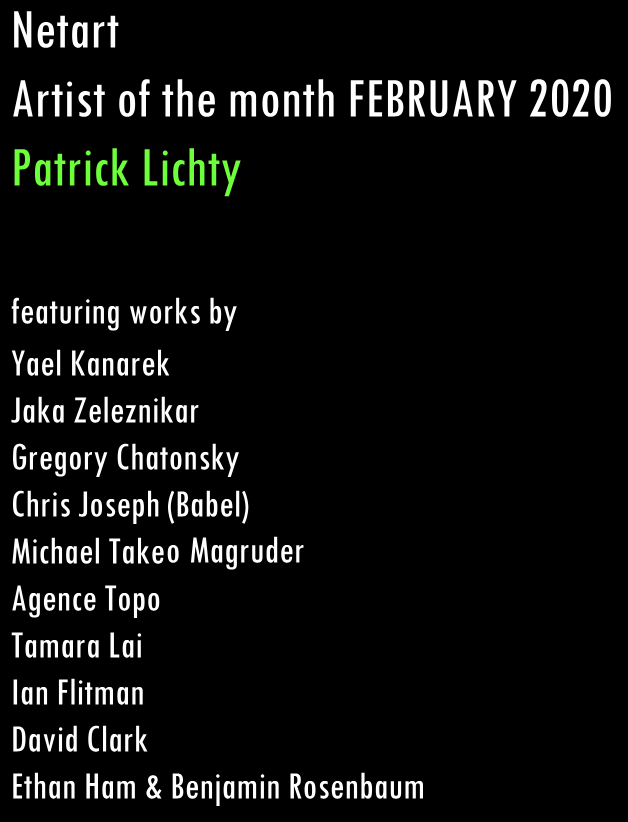
Typical was therefore Patrick Lichty as the 1st solo featured artist in February 2020. At the change of the millenium – a period between 1996 and 2005, when netart was popular, he was initiating some relevant, pathbreaking art related platforms, based on a media critical discourse, but they were existing only for a temporariliy limited period, whereby it can be speculated why these art projects were given up, some are remaining in shape of “media ruins” or even vanished completely from the net, so that nothing is left than some written concepts and saved images. For a non-initiated, a whole era of pioneering art creation vanished and can therefore be hardly understood. At their time, many net based art works were hosted on the servers of the universities, where these artists were teaching, sometimes universities were commissioning such works, but after a while the institutions were removing the works, and empty shells of invalid URLs remained.
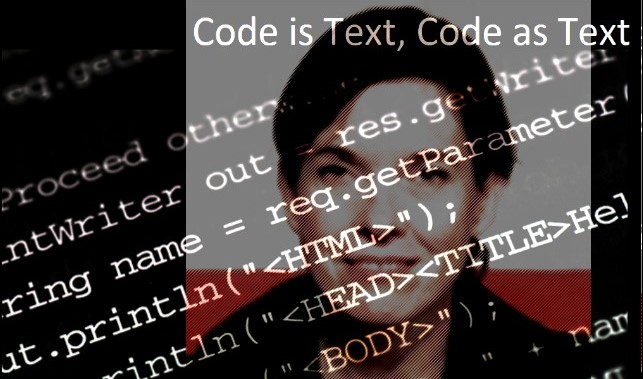 Another example of netart is representing the work of MEZ – Mary-Anne Breeze and here poetic creations by inventing a language based on “code” – “mezangelle”. In her case, some essential works from the periode 1996-2005 are still existing, eg they are accessible in Internet. Together with the complementing netart works by the other artists, they give an idea, why “netart” was such a fascinating medium, and at the same time why it was condemned to remain just a temporarily limited phenomenon, generally and in the art work of an individual artist, in special. It requires a fresh mind on the search for one’s own life, an experimenting phase. It depends on the artist’s personality in which way he/she is establishing as an artist. In terms of MEZ, she transformed the intellectual challenge of dealing with an inventive literature into a new language of visual narrative.
Another example of netart is representing the work of MEZ – Mary-Anne Breeze and here poetic creations by inventing a language based on “code” – “mezangelle”. In her case, some essential works from the periode 1996-2005 are still existing, eg they are accessible in Internet. Together with the complementing netart works by the other artists, they give an idea, why “netart” was such a fascinating medium, and at the same time why it was condemned to remain just a temporarily limited phenomenon, generally and in the art work of an individual artist, in special. It requires a fresh mind on the search for one’s own life, an experimenting phase. It depends on the artist’s personality in which way he/she is establishing as an artist. In terms of MEZ, she transformed the intellectual challenge of dealing with an inventive literature into a new language of visual narrative.
 Actually, the MEZ’s netart feature in March 2020 wanted to confront the user with a kind of retrospective of the works MEZ had been famous for, at that time, but then it was interesting to juxtapose these historical works with one of her latest intereactive 3D projects, which can be understood as an artistic and conceptual further development, which is worthwhile to be followed and continued later in NewMediaFest2020.
Actually, the MEZ’s netart feature in March 2020 wanted to confront the user with a kind of retrospective of the works MEZ had been famous for, at that time, but then it was interesting to juxtapose these historical works with one of her latest intereactive 3D projects, which can be understood as an artistic and conceptual further development, which is worthwhile to be followed and continued later in NewMediaFest2020.




